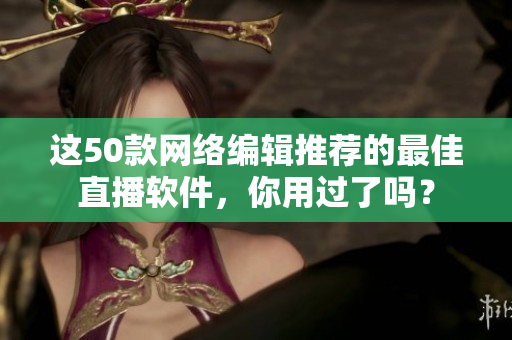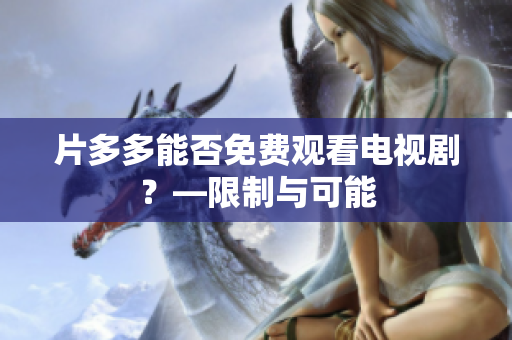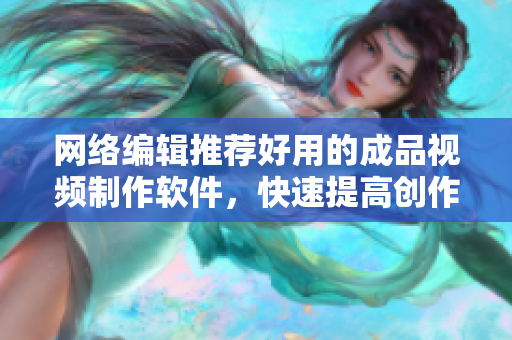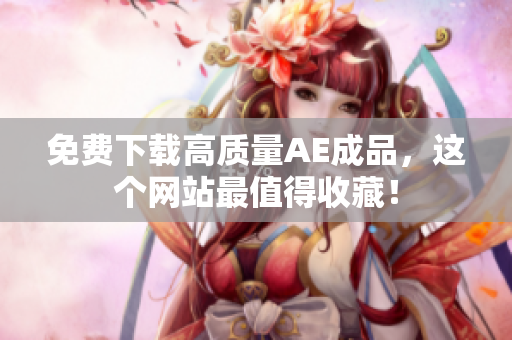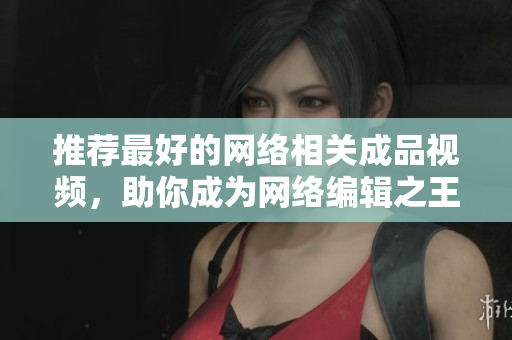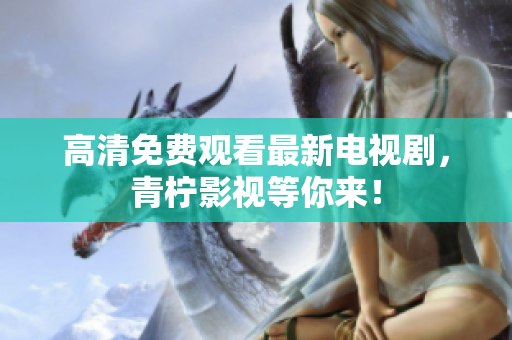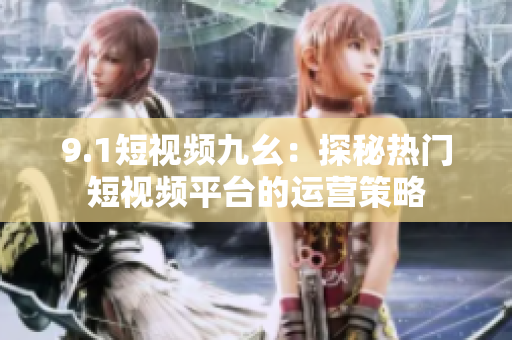Top Western Artistic Masterpieces
The Western artistic tradition encompasses a vast array of genres, styles, and periods, from classical sculptures and Renaissance paintings to contemporary installations and street art. Some of the most iconic and influential works of Western art include:
The Mona Lisa by Leonardo da Vinci
This 16th-century portrait of an enigmatic woman with a subtle smile and a haunting gaze is one of the most recognized and reproduced images in the world. Many art historians consider it a masterpiece of Renaissance painting, and its mystery and ambiguity continue to fascinate viewers to this day.
The Sistine Chapel Ceiling by Michelangelo
This monumental fresco cycle covers the entire ceiling of the Sistine Chapel in Vatican City and depicts scenes from the book of Genesis and other Biblical stories. Michelangelo spent over four years painting the ceiling, often lying on his back and working with his head tilted upward. The result is a breathtaking display of color, composition, and narrative that exemplifies High Renaissance art.
The Thinker by Auguste Rodin
This bronze sculpture from 1902 depicts a brooding male figure sitting on a rock with his chin on his hand, lost in thought. It is one of the most famous works by the French sculptor Auguste Rodin, and it has become a symbol of intellectualism, philosophy, and existentialism.
Guernica by Pablo Picasso
This 1937 painting by the Spanish artist Pablo Picasso is a response to the bombing of the Basque town of Guernica during the Spanish Civil War. It depicts a chaotic scene of suffering, horror, and despair, with distorted figures and jagged shapes that convey the sense of a fractured world. Guernica has become a powerful anti-war statement and a signature work of Modernism.
The Persistence of Memory by Salvador Dali
This surrealistic painting from 1931 shows a melting pocket watch, a barren landscape, and other surreal elements that suggest the transience and relativity of time. It is one of the most famous works by the Spanish artist Salvador Dali, known for his dreamlike and eccentric style.
The Role of 5G Technology in Mainland China
5G is the fifth generation of cellular network technology, which promises faster data speeds, lower latency, and higher connectivity than previous generations. In mainland China, 5G has become a major driver of technological innovation and economic growth, with the government investing heavily in its development and deployment.
5G technology has the potential to revolutionize many industries, from healthcare and transportation to entertainment and education. It enables faster and more reliable communication, which can lead to better services, products, and experiences. However, it also raises concerns about privacy, security, and control, as it requires more data collection and processing.
Dealing with a C1 Class about Cultural and Artistic Topics
Teaching a C1 class about cultural and artistic topics can be both challenging and rewarding. On the one hand, C1 students are already proficient in English and have a strong interest in these subjects, which can make the discussions and debates more engaging and stimulating. On the other hand, the topics themselves might be complex, abstract, or controversial, which requires careful planning and preparation.
One effective approach is to combine various media and formats, such as videos, images, articles, and interactive activities, to cater to different learning styles and keep the class dynamic. Another strategy is to encourage the students to express their opinions, ideas, and emotions freely and respectfully, and to provide them with feedback and guidance based on their individual needs and strengths.
The Importance of Ethics and Fair Play in Gaming
Online gaming has become a global phenomenon, with millions of players from all ages and backgrounds participating in various genres and platforms. However, gaming also raises issues related to ethics, fairness, and addiction, which can affect the players' well-being and behavior.
One of the most controversial aspects of gaming is the use of microtransactions, which allow players to purchase virtual goods, currencies, or services with real money. Some players argue that this practice creates an unfair advantage for those who can afford to spend more, while others defend it as a legitimate business model that sustains the game's development and maintenance.
Another challenge is the rise of online harassment and bullying, which have been linked to psychological and social problems for the victims. Game developers and communities have a responsibility to create safe and inclusive environments, where all players can enjoy the benefits of gaming without fear or discrimination.
The Ethics of Academic Dishonesty and Plagiarism
Academic dishonesty and plagiarism are serious offenses that undermine the integrity and credibility of academic institutions and research. They involve various forms of misrepresentation, fabrication, or falsification of data or ideas, and can result in penalties ranging from failing grades to expulsion or legal action.
One of the reasons why students engage in academic dishonesty and plagiarism is the pressure to succeed and the lack of awareness or skills in proper citation and attribution. Educators and institutions should foster a culture of honesty, transparency, and intellectual curiosity, where students can learn from their mistakes and access the necessary resources and support to improve their academic performance.
Another factor is the globalization of education and research, which requires a better understanding and appreciation of cultural differences and expectations. International students, in particular, may face challenges in adapting to new academic norms and communication styles, and may require extra support and guidance to navigate the academic landscape.
The Challenges and Opportunities of Early Childhood Education in Southeast Asia
Early childhood education is a critical component of human development, as it provides young children with the foundational skills, values, and experiences that shape their future prospects and well-being. In Southeast Asia, however, early childhood education faces various challenges and opportunities, depending on the socio-economic, cultural, and political context.
One of the main challenges is the lack of access and quality of early childhood education, especially in rural and low-income areas. Many children do not have access to basic facilities, trained teachers, or appropriate materials and methods, which can hinder their cognitive, linguistic, and socio-emotional development. Governments and NGOs need to invest more in early childhood education and promote inclusive and participatory models that empower children and families.
At the same time, early childhood education also offers opportunities for innovation and diversity, as it involves multiple stakeholders, perspectives, and purposes. Educators and policy-makers can collaborate with parents, communities, and experts to design and implement creative and effective approaches that cater to the specific needs and aspirations of children and families in Southeast Asia.


